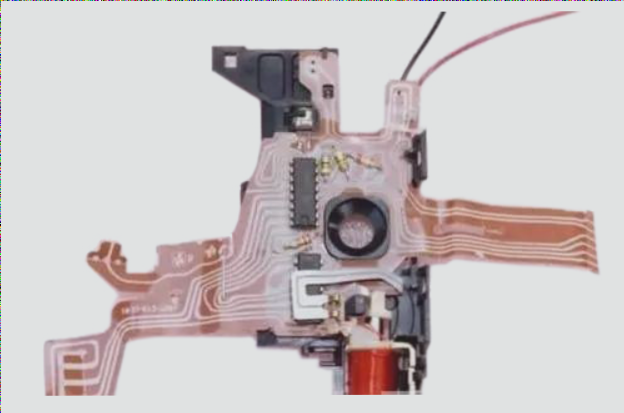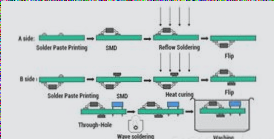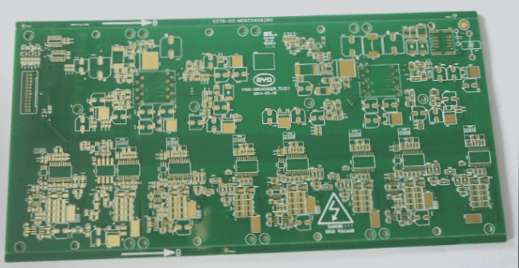FPC Assembly Challenges and Solutions
- FPC (Flexible Printed Circuit) boards differ from rigid PCBs in structure and assembly, posing unique challenges.
- Pre-Treatment: Moisture absorption risk during reflow soldering necessitates pre-baking to prevent defects.
- Pre-Baking Conditions: Temperature and time specifics crucial for moisture removal without damage.
- Production of Dedicated Carrier Boards: Custom processing required for varying FPC thicknesses.
- SMT Process for FPC: Key steps and considerations for successful Surface Mount Technology.
Manufacturers must address the flexibility and sensitivity of FPCs during assembly to ensure quality and reliability. Pre-baking, dedicated carrier boards, and precise SMT processes are essential for successful FPC assembly.

Pre-Treatment for FPC Boards
FPC boards require pre-baking to eliminate moisture absorbed during storage, preventing defects during soldering. Specific temperature and time conditions must be met to ensure proper moisture removal without damaging the boards. Careful handling and quality control post-pre-baking are crucial for successful FPC assembly.
Production of Dedicated Carrier Boards
Custom carrier boards are essential for precise FPC positioning and stability during assembly. Materials like synthetic stone and aluminum are commonly used for their strength and thermal resistance. Custom processing of carrier boards ensures flatness and proper alignment for successful FPC assembly.
SMT Process for FPC
Surface Mount Technology processes for FPCs require attention to detail and precision. Fixing the FPC securely is the initial step in the SMT process, setting the foundation for successful assembly.
Surface Mount Technology (SMT) Process for Flexible Printed Circuits (FPCs)
- Before the SMT process, the FPC must be securely fixed to the carrier board to minimize delays between printing, component placement, and soldering.
- FPC Solder Paste Printing: Solder paste must exhibit excellent thixotropy for smooth printing and good adhesion to the FPC surface.
- FPC Component Placement: High-speed placement machines are used, and precise control over the placement machine settings is crucial due to the FPC’s uneven surface.
- Reflow Soldering: Forced hot air convection or infrared reflow ovens ensure uniform heating to reduce soldering defects.
- Inspection, Testing, and Depaneling: Careful removal of the carrier board, cooling, and thorough inspections are essential to identify and rectify any issues post-reflow soldering.
Latest Updates:
Recent advancements in FPC manufacturing include the utilization of AI-assisted optical inspection systems for enhanced quality control during the assembly process. These systems can detect defects with higher accuracy, improving overall product reliability.
Furthermore, the industry is exploring the integration of IoT technology in FPCs to enable real-time monitoring of electronic components’ performance, leading to proactive maintenance and increased operational efficiency.
Conclusion:
Successful SMT processes for FPCs require meticulous attention to detail and adherence to SOPs. Engineers and IPQC play a vital role in ensuring production quality and minimizing defect rates. For inquiries regarding PCB or PCBA, contact us at info@wellcircuits.com.



